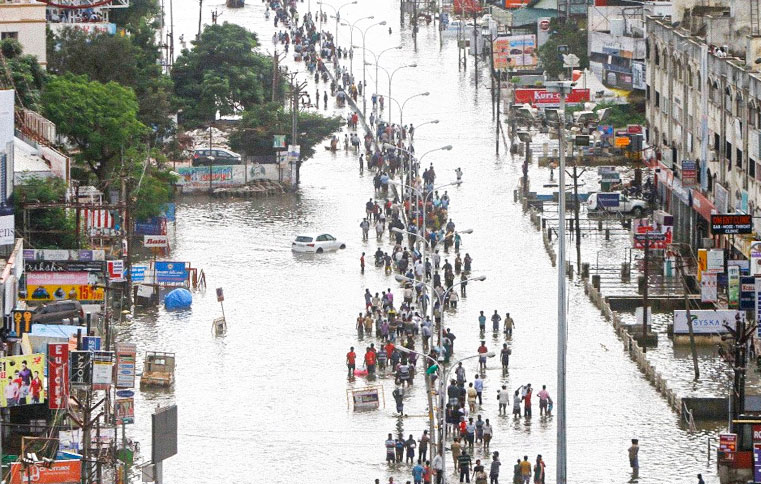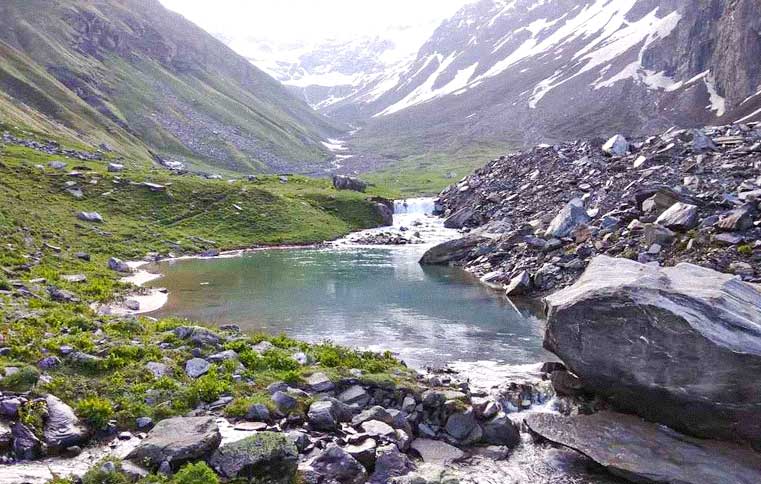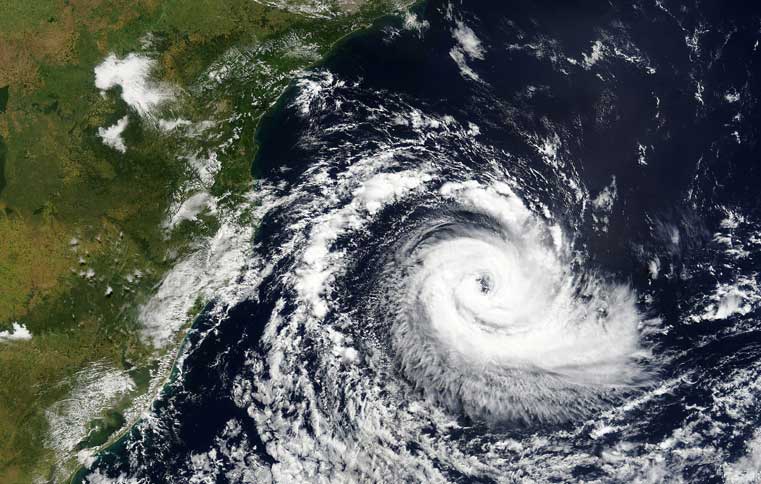A Committed Community: An Inspiring Tale of Ralegan Siddhi
By: Saurabh Kulkarni | Date: 12th October 2019
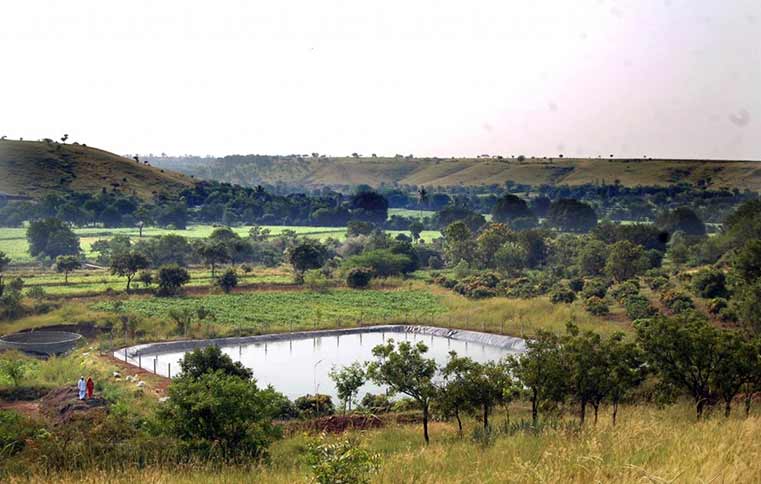 Image Source: ECO Logis
Image Source: ECO Logis
When all of India was under political turmoil, one village represented the hapless fate of rural India. Ralegan-Siddhi, a village in mid-Maharashtra, a drought-prone & poverty afflicted village in Parner, Ahmednagar in 1975, was brewing alcohol in 40 dens within its borders when it was hard to find groundwater even at a depth of 400 meters.
Why alcohol? Because most of the households in the mid-1970s only knew agriculture as an occupation and due to an acute shortage of water and irrigation, they could not do anything else.
And during the same time, someone from the village started producing alcohol and it led him to prosperity, so the others too followed the same path.
Proper growth of even a single crop was not assured and cattle breeding could not be done more than a basic level due to the low production of green fodder.
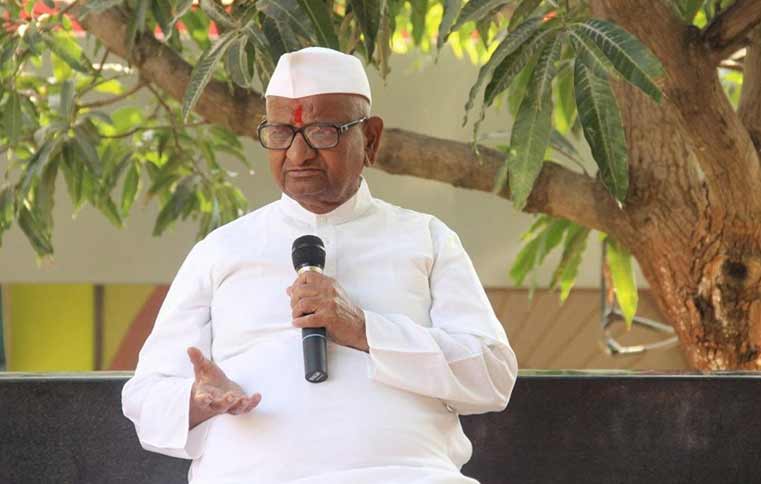 Image Source: SCMHRD
Image Source: SCMHRD
After taking voluntary retirement from Indian Army, Kisan Baburao Hazare returned to his home village Ralegan Siddhi when he discovered his purpose of life to serve the people around him, to alleviate them from poverty and cease their suffering after reading a book “Call to the youth for nation-building” by Swami Vivekananda.
After coming back, he first helped people to earn their livelihood by employing them for seasonal jobs.
But he soon realized that farming is what would truly heal the wound of poverty and bring back happiness among the villagers. For that, the enormous water crisis needed to be resolved.
The first project to eliminate soil and water run-off, to hold the nutrients, to help water percolate into the soil and to recharge the local aquifer was undertaken by building Nalla Bunds.
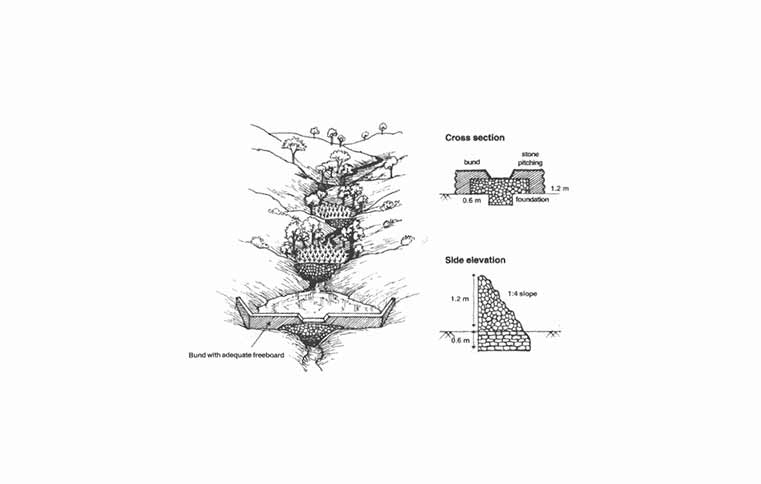 Image Source: Hydrate Life
Image Source: Hydrate Life
Initially set to construct 6 of these, the final figure reached to 31 Nalla Bunds with a storage capacity of 282,183 cubic meters. After this, an old percolation tank was taken up for renovation, which worked just like the Nalla Bund but it had a larger storage capacity of 323,378 cubic meters of water.
When wells were dug near the renovated percolation tank, the water that was percolated was able to irrigate 700-800 acres of land throughout the year. The cost was beared by villagers as well as funds from the government.
The next thing that arrived was the success of lifting water from the canal that was 3 km away with the help of officials of Krishna Pani Purvatha Society.
Installation of borewells for drinking water purpose, planting of 400,000 trees, introduction of drip irrigation, use of solar power for various purposes were some of the many projects that followed and could taste success and leave Ralegan Siddhi a bit prosperous, a bit economically strong and with abundant of water to help improve agriculture to put it modestly.
 Image Source: Hydrate Life
Image Source: Hydrate Life
The progress that was being made under this watershed management also helped other aspects such as the milk production increased by 4 times, people became more literate as the basic problems were getting sorted and had time energy and money to invest in education, a ban on addiction, ban on felling trees, and a ban on grazing, practice of sterilization as a measure to control the population growth.
All the transformation and success of Ralegan Siddhi would be short of praise if we do not attribute it to the morals and ethics with which this community worked to get themselves rid of the tag of the village with poverty and unfortunate farmers and become a self-reliant and self-sufficient community with abundant water resources.
This was all done with simple and traditional watershed management ways and of course with the vision and leadership of Anna Hazare.
What amazes me is that though older people were hesitant at first, the young brigade of the Ralegan Siddhi did not wait for any external support when Anna Hazare asked for their helping hands.
How the community of poor, economically stricken illiterates came together and paved the way for astonishing development. How the management was so traditional yet tangible and result-oriented.
How a community first survived and then thrived on the principle of GOD HELPS THOSE WHO HELP THEMSELVES! Only if every village in India could replicate this vision and put efforts collectively as a community.
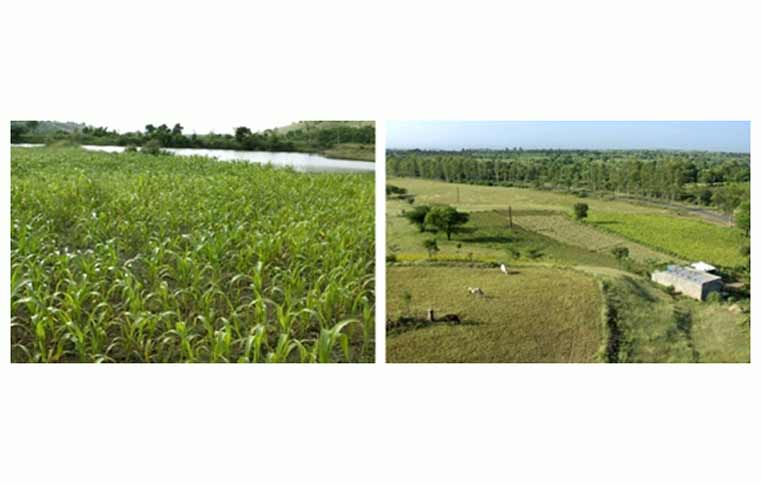 Image Source: Hydrate Life
Image Source: Hydrate Life





